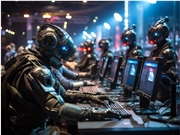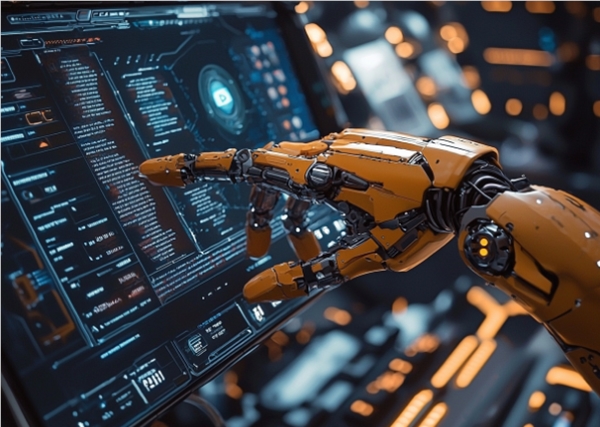Tesla recently showcased the Optimus robot as a major highlight at the Cybercab luxury exhibition. These robots interacted with the audience, served drinks, played games, and even danced and conversed in pavilions, leaving a profound impression. However, as more details emerged, the authenticity of this display has come into question.
Multiple sources suggest that the performance of the Optimus robots may not be entirely autonomous. Morgan Stanley analyst Adam Jonas pointed out that these robots "rely on remote operation (manual intervention)." Attendee Robert Scoble also revealed that engineers told him the robots used artificial intelligence for walking, but other functions might be assisted remotely.

Some observed details at the event support these claims. For instance, each robot had a different voice, and their responses were quick and accompanied by appropriate gestures. More intriguingly, when asked about their level of autonomy, one robot humorously responded "maybe a bit," while another directly admitted "today, I received help from humans."

It is noteworthy that Tesla does not seem to have intentionally concealed this fact. This brings to mind when Musk first announced Tesla's humanoid robot, showcasing a person in a robot suit on stage.
Nevertheless, attendees at the event did not seem dissatisfied with this form of presentation. However, this display may not accurately reflect the actual progress Tesla has made in humanoid robot research. For those hoping to understand the true level of Tesla's robot technology, this "We, Robot" event may not be the best reference.
The discussions sparked by this display once again highlight the public's concern over the current state of AI and robotics development, as well as the expectation for tech companies to maintain transparency when showcasing innovative achievements.









